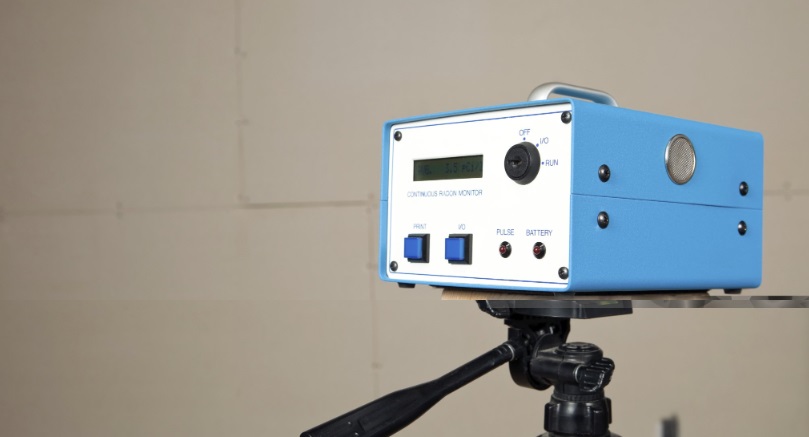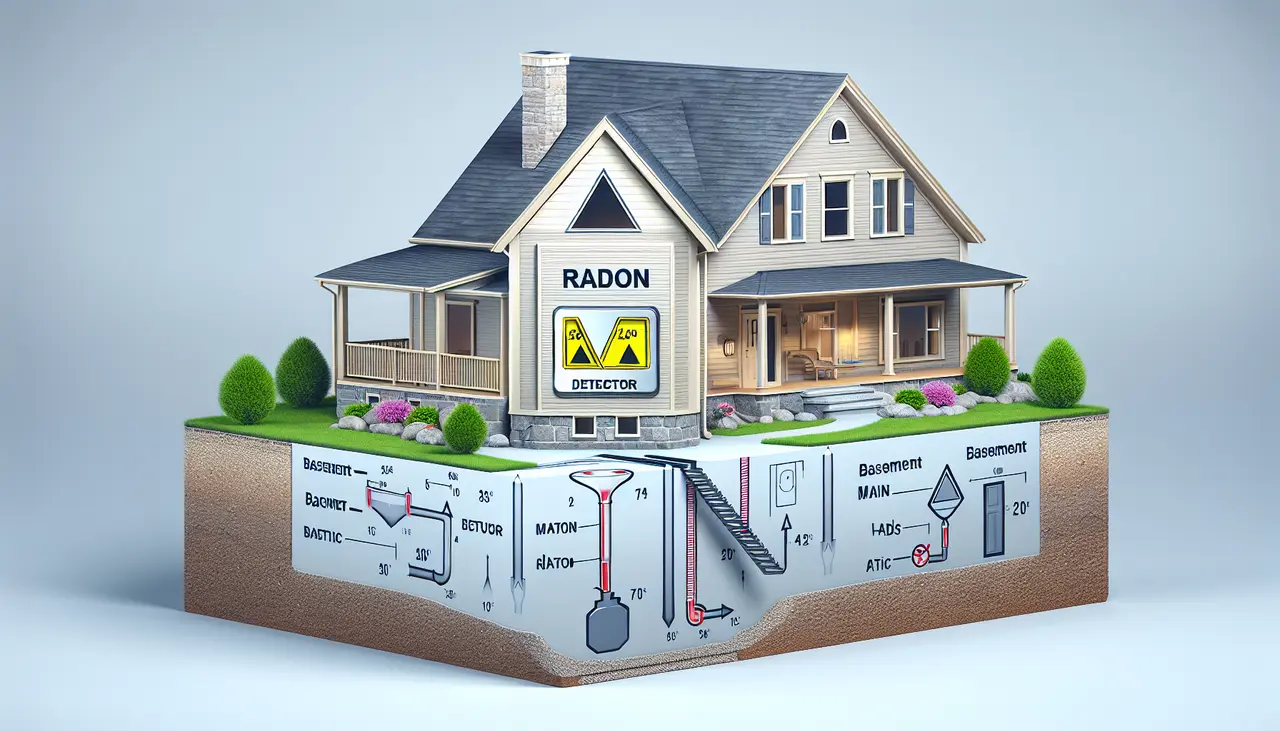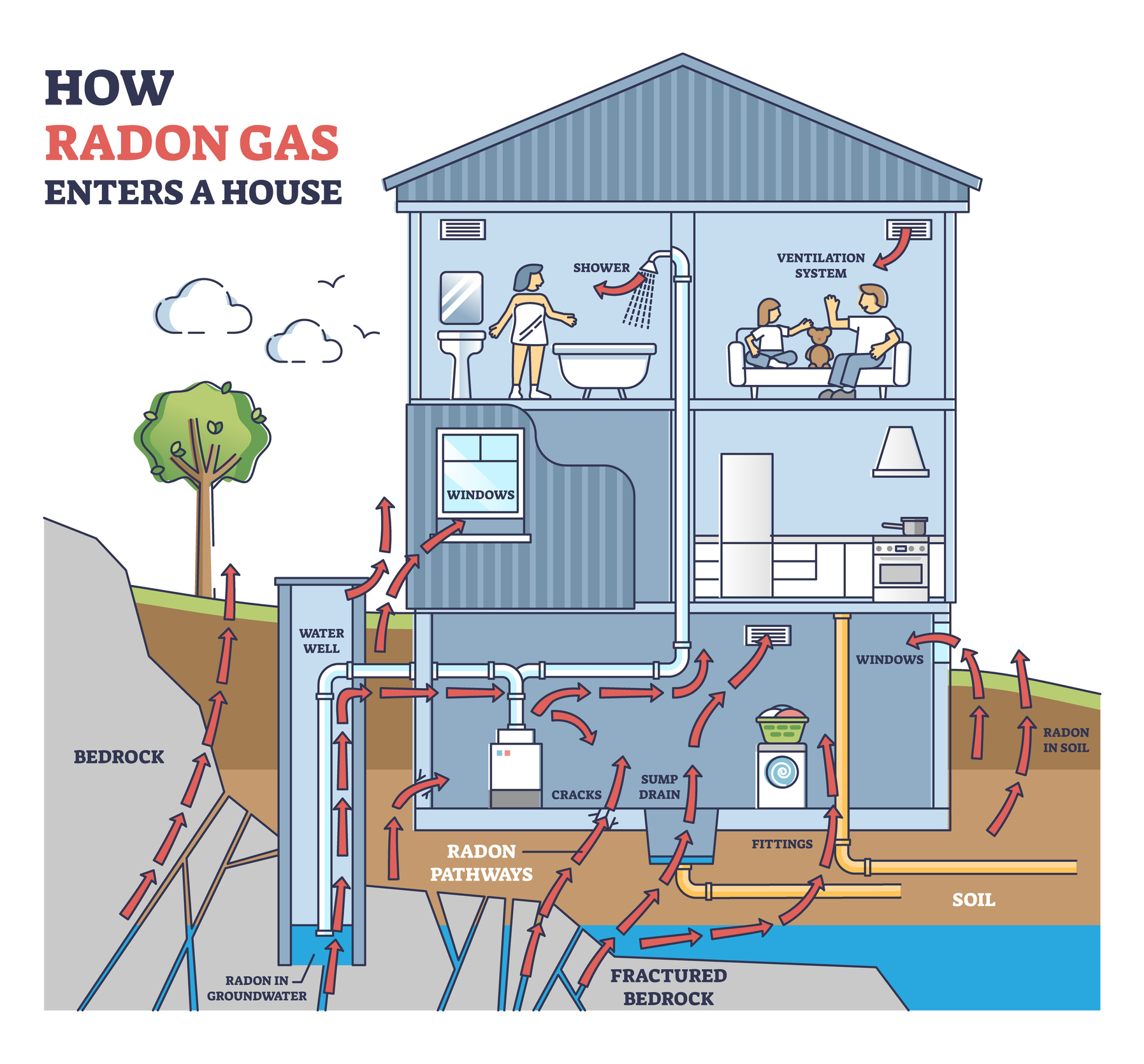
Radon testing is crucial for real estate transactions throughout Maryland, not just Montgomery County. The Maryland Department of Health and the Maryland Department of the Environment strongly recommend testing all homes, regardless of location within the state. While specific regulations regarding testing and mitigation responsibilities may vary by county, Montgomery County enforces stricter regulations compared to the statewide recommendations.
In Montgomery County, Maryland, radon testing is of paramount importance due to the prevalence of radon in the region’s soil and rock. Given the health risks associated with radon exposure, the county has implemented stringent regulations regarding radon testing, particularly in real estate transactions. Homebuyers and sellers are required to conduct radon tests as part of property inspections, ensuring transparency and awareness of radon levels in residential properties. These measures aim to protect residents from the potential dangers of radon exposure and promote a safe living environment for all.
If you’re buying or selling a home or renting out a property in Montgomery County, Maryland, you need to be aware of radon testing requirements. As of October 1, 2016, **all single-family homes must be tested for radon before closing a sale**. This regulation extends to **multi-family dwellings (including condominiums) and single-family rentals** as well, with a requirement for **testing and potential mitigation for rentals implemented in July 2023. Understanding these regulations and taking action to comply will not only ensure you’re following the law but also promote transparency and safety in your real estate transactions.
Radon is an invisible gas that can enter homes from the ground beneath. It’s a major cause of lung cancer, second only to smoking. So, what exactly is radon? It’s a radioactive gas that comes from the natural decay of uranium found in rocks and soil. You can’t smell or see radon. Every home can have radon, new or old, and it enters the property through cracks, gaps, and drains. Want to know if radon’s in your home? A simple test is the answer. If you find high levels, you need to act to lower them, usually with ventilation systems. Remember, knowing about radon is your best defense for keeping your home safe.

Radon is no joke. Exposure to this silent invader is the second leading cause of lung cancer, right behind smoking. When you breathe in radon, it can damage the cells in your lungs, putting you at a real risk of cancer. The higher the levels of radon and the longer the exposure, the greater the danger. The scary part is that you could be breathing it in right now and not even knowing it. That’s why testing your home for radon is crucial. It’s an invisible threat, but the consequences are very real. Protect yourself and your loved ones by getting the facts and taking action.
Radon infiltrates buildings through minuscule openings, and through the tiniest cracks, primarily originating from the soil and rock beneath the structure. Basements and crawl spaces are particularly susceptible, as are areas with strong connections to the ground. Mostly, it comes from the soil and rock beneath your home or workplace, slipping in through gaps in floors and walls, around service pipes, or any place that’s open to the ground. Also, well water can be a radon entry ticket if it absorbs radon from underground. Remember, radon levels are unique to each building, so no two places will have the same readings. Check your home or workplace and keep radon at bay by sealing entry points and, if needed, installing mitigation systems. Stay aware and stay safe.

How radon gas enters a house with all residential options outline diagram. Labeled educational living space analysis for poisoning pollution vector illustration. Clean air awareness in real estate.
Homeowners have various testing methods at their disposal, ranging from short-term tests lasting 2 to 7 days to long-term tests monitoring levels over 90 days to a year. Electronic testers offer immediate results, but professional testing ensures accuracy. Keep in mind that accuracy means more when you’re tackling a sneaky cancer-causer like radon. The pros know their stuff.
Understanding radon levels is key to ensuring your home is safe. Radon is measured in picocuries per liter (pCi/L), and the Environmental Protection Agency (EPA) recommends action if levels are at or above 4 pCi/L. At this point, it’s crucial to consider radon mitigation strategies. Here’s a quick look at radon level ranges:
Even if your home tests below 4 pCi/L, reducing your radon level further can decrease your lung cancer risk. Remember, any radon exposure carries some risk, but higher levels increase your risk significantly. If your radon levels are high, don’t panic. Radon reduction systems are effective in lowering radon levels, often by up to 99%. Keep a close watch and test your home regularly, as radon levels can fluctuate over time.
When radon problems arise in your home or building, it’s time to act swiftly. High radon levels? Don’t panic, but don’t sit on it – FIX IT! Sure, we got several ways to reduce radon levels, and it’s all about improving ventilation or sealing gaps. Here’s the low-down: Sub-slab depressurization is like giving your home a giant straw – we suck the radon right from under the building before it gets to you. Then there’s sealing; it’s like telling radon, “You shall not pass!” by closing up entry points. And don’t forget room pressurization, pretty much-using fans to push out radon. Simple, yet effective. Last but not least, heat recovery ventilation, which swaps out stale indoor air with fresh outside air. Boom! Radon’s gone! Remember, each building’s going to need its own battle plan. A radon mitigation professional is like your strategist in this fight. Get ‘em on board and make your space a radon fortress.
When should you bring in the professionals? First things first, if you’re buying or selling a home, get a radon test. It’s a crucial step. Next, if you’re already a homeowner, the Environmental Protection Agency recommends testing your home every two years. Now, if your radon levels test high—that’s 4 picocuries per liter (pCi/L) or more—it’s time to call in the pros for radon mitigation to lower those levels. Professional radon services can properly assess your situation and install a mitigation system that’s right for your home. Remember, this isn’t a DIY project; messing with radon requires expertise. Trust the professionals to make your home safe, and don’t gamble with your health.
When house hunting or selling, radon is a silent factor that demands your attention. Ask for radon levels in the property reports; sellers typically test for it before listing. The Environmental Protection Agency (EPA) suggests a level of 4 picocuries per liter (pCi/L) as the limit. Higher levels need mitigation. Testing for radon isn’t too complicated or expensive, but ignoring it could lead to health risks like lung cancer. If you end up with a house that has high radon, fixing it might cost you about (600 to 2,000), but it’s a critical investment for your safety. Negotiate remediation costs before closing the deal; don’t let radon derail your real estate dreams.
Radon awareness and prevention are paramount for maintaining a healthy living environment. Regular testing, awareness of mitigation techniques, and professional intervention are essential steps in managing radon exposure and ensuring safety.